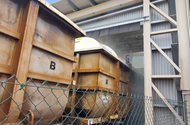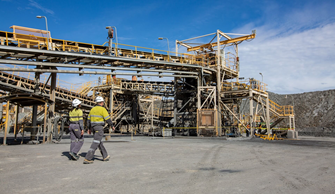
Our activities generate non-greenhouse gas (non-GHG) air emissions which may affect ambient air quality if not effectively managed.
Non-GHG air emissions associated with our activities included gaseous air emissions such as sulphur oxides (SOx), nitrogen oxides (NOx) and fluoride, and particulate matter such as dust.





